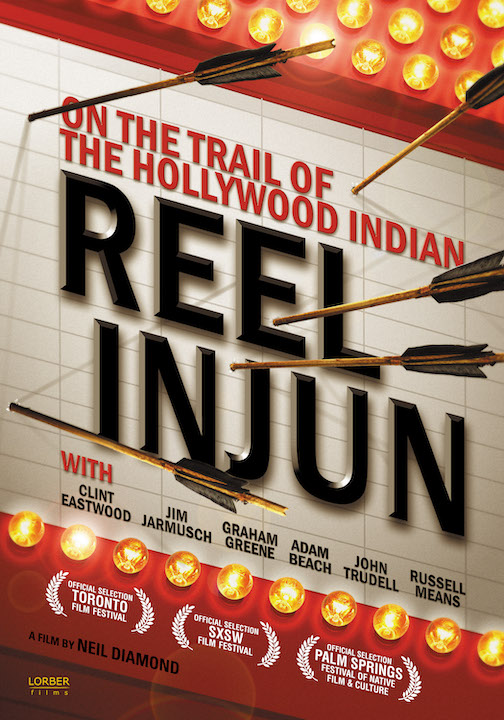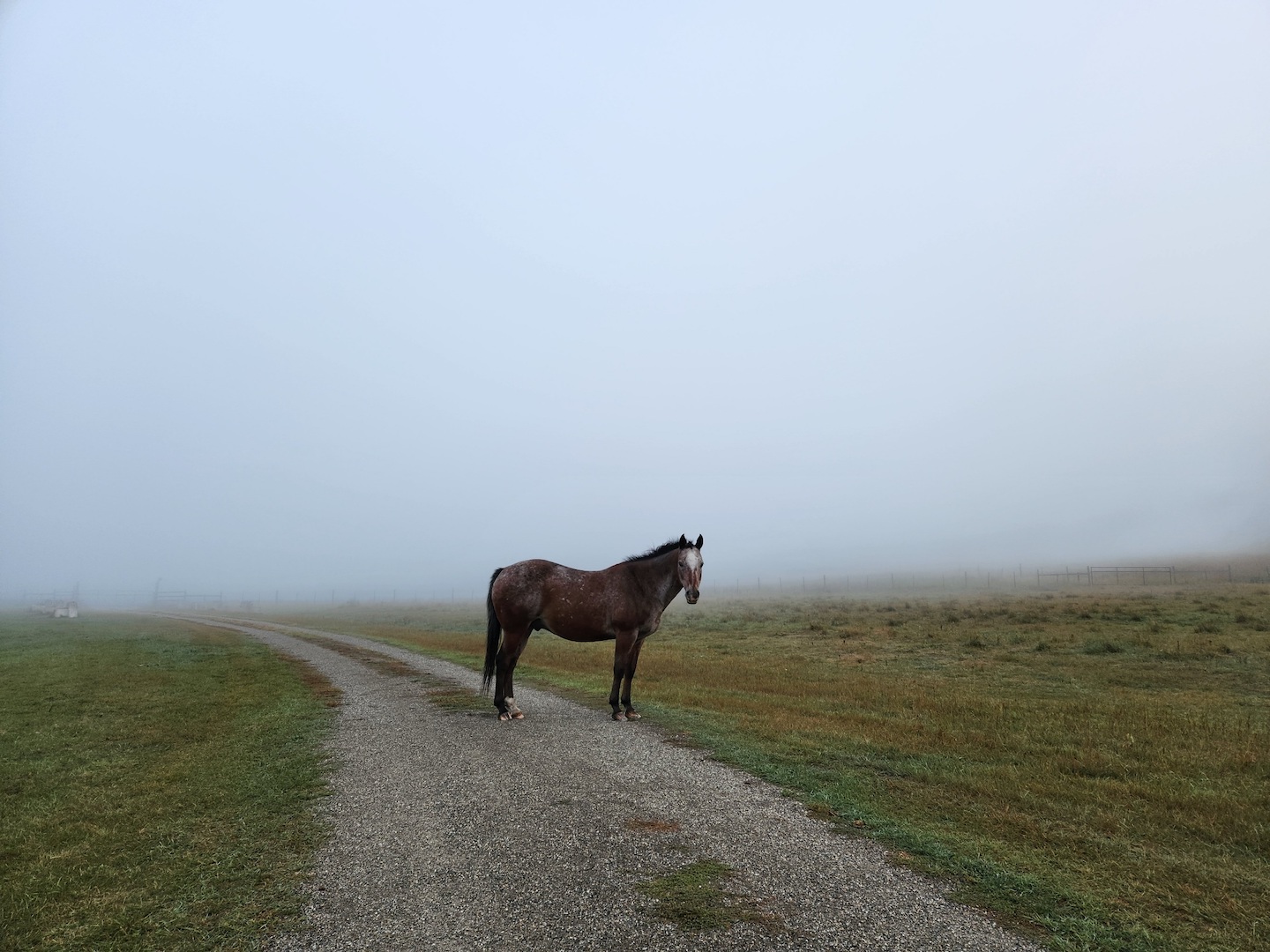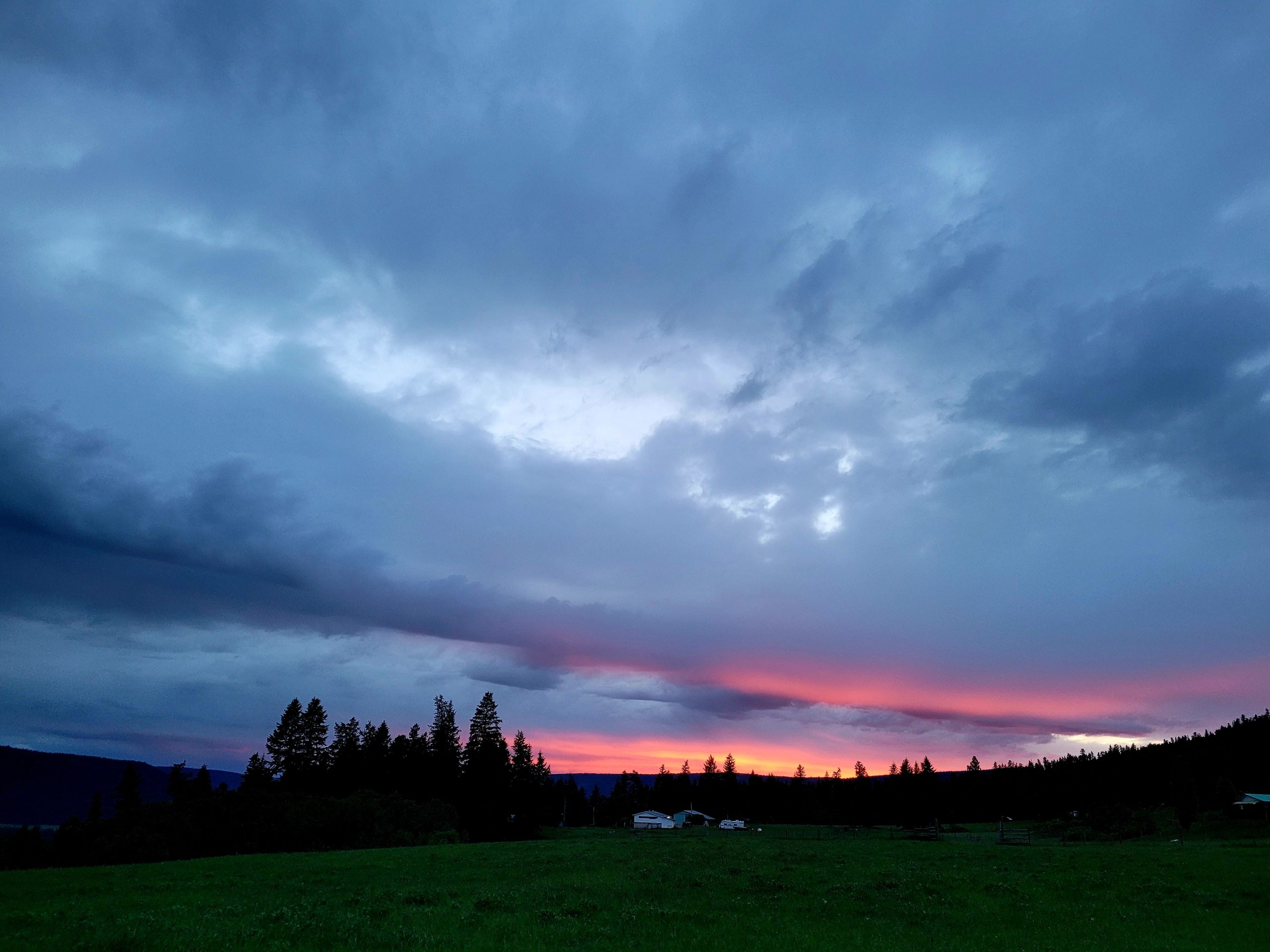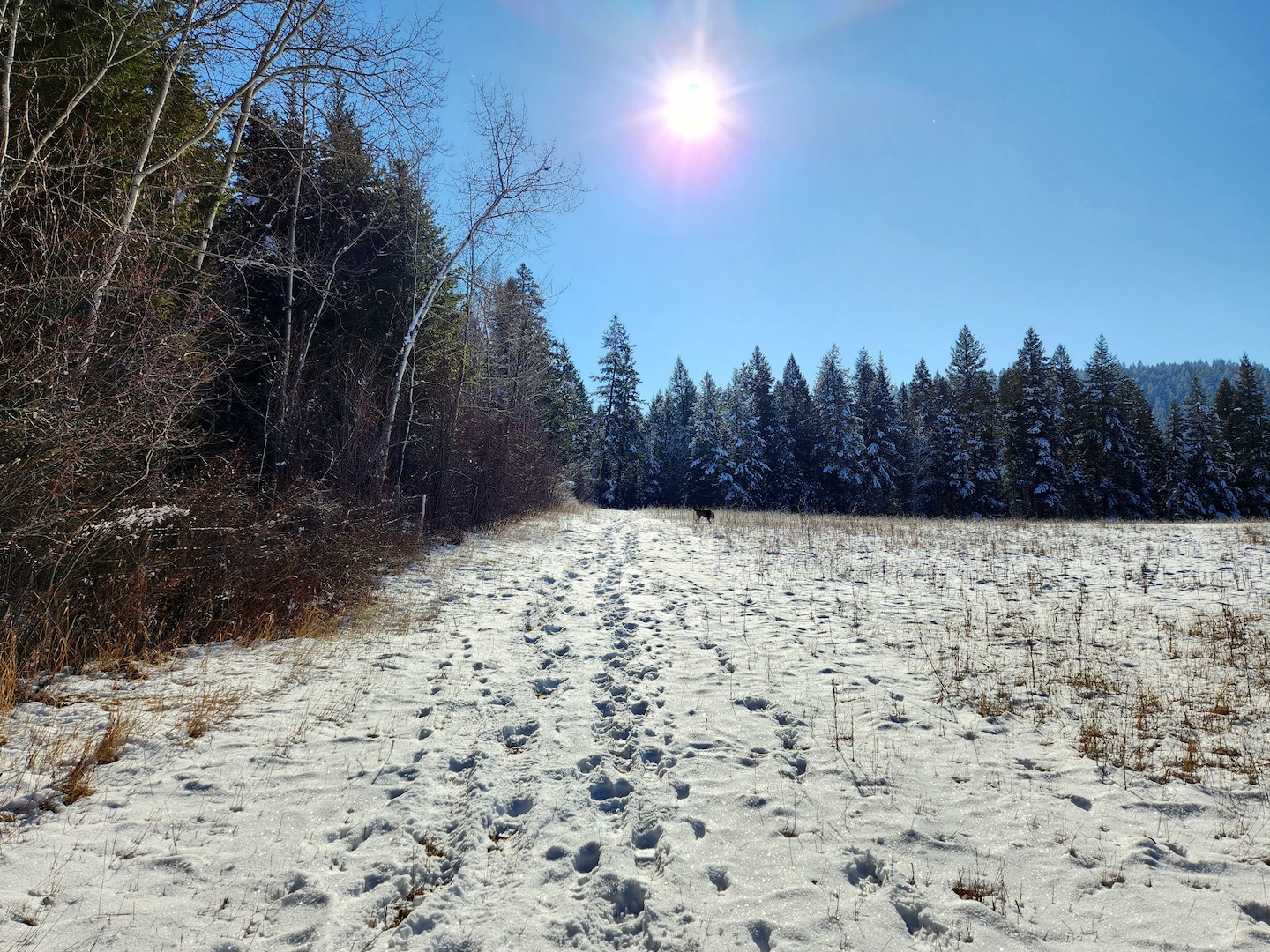Starring: Various
Director: Neil Diamond
Released: 2009
Mood: If you watch a lot of Westerns but grew up on the side of the cowboy and have no idea what it’s like to be one of the Indians.
Western fans are exposed to a LOT of storytelling about Indigenous people. I mean, what would the Wild West be without its cowboys and Indians? But it’s not their storytelling – and half the time it’s not even told through Native actors.
In Reel Injun, Cree filmmaker Neil Diamond (not that Neil Diamond) hops in a rez car and drives from Northern Québec to Hollywood. His upbeat documentary explores the treatment of Indigenous people on film from the silent era to present times, with glimpses of how that portrayal has impacted life along the way.
Holy shit, is it an eye-opening ride. You can know about the atrocities of colonization and know about stereotypes in film and still reach a new level of WTF WHITE PEOPLE when watching an examination of the impact of classic movies on collective consciousness.
- We wiped out Indigenous people to the brink of extinction
- Then we made money from capturing a ‘disappearing’ way of life on film
- THEN we merrily alternated between romanticizing them, vilifying them, lumping them all into one ‘culture’, and belittling their hygiene and intelligence to make icons out of white actors and mad box office profits for white producers
The fact that they’ve tolerated us this long is insane. Thanks for letting me sit here and write this review from my nice house on unceded Secwépemc land.
I wouldn’t say Reel Injun is a shocking documentary, and at times it feels like Diamond was trying for multiple styles and never actually settled on one during editing so they just kinda kept everything. But Reel Injun is definitely an important piece of work, surprisingly funny, and something you should see.

Reel Injun blends clips from dozens of Western movies with interviews new and old, historical photos and video, and real-time experiences that range from awkward to depressing as director Diamond meets people in the context of ‘Indians’ on (and off) film.
You get short interviews with tons of Indigenous actors, filmmakers, historians, stand-up comics, and activists (plus a small handful of relevant white) people including:
- Russell Means
- Adam Beach
- Wes Studi
- John Trudell
- Chris Eyre
- Rod Rondeaux
- Sacheen Littlefeather
- Graham Greene
- Clint Eastwood
- Jim Jarmusch
The most screentime goes to Smoke Signals director Chris Eyre, actor/activist Russell Means, poet/activist John Trudell, and Ph.D Angela Aleiss. Their perspectives provide strong, insightful storytelling that drives the film forward.
I had no idea that Indigenous people were actually depicted with reverence in silent films. John Wayne’s 1939 movie Stagecoach is cited as the massive turning point – the white cowboy became the symbol for America’s struggles, and director John Ford now wielded a dangerous control over public perception of ‘Indians’.
Russell Means talks about going to watch Westerns at the Saturday night movies and having to fight the white kids afterward, because of what the white kids just saw. Lots of the actors mention growing up watching Westerns at home but not understanding that the bad guys on film were supposed to be them.
Imagine that, the impact that had on both white and Native kids. Westerns dominated prime time TV for well over a decade – there were something like 92 Western TV shows. Think of little kids eagerly drinking it all in, and how that shaped their view of things going forth.
You also meet Sacheen Littlefeather in San Francisco, and she reflects on taking the Oscars stage on behalf of Marlon Brando, only to be booed and to receive death threats for years afterward.
Stuntman Rod Rondeaux demonstrates a bunch of unnerving training at various horse falls as he talks (also sort of unnervingly) about the importance of representation.
The other guests mostly appear for a short take or two, and it’s too bad there wasn’t more time devoted to the interviews and historians. There is SO MUCH to unpack here. With a less cluttered array of content and a more focused narrative there would have been room for more depth in the experiences.
But at the same time, you get introduced to people like Aleiss who have written whole books on this subject, which you can hunt down afterward.
![]()
As a diehard Western fan I thought I had a pretty good sense of how gross the Native Hollywood stereotypes were. As good as a well-meaning pasty white girl can grasp it, anyway.
Watching dozens of those movie clips spliced together one after another like they are in Reel Injun, all this redface makeup and ridiculous costuming and Bugs Bunny literally singing a merry melody about killing Indians, with actual Indigenous people commenting on it… you’re just locked in an awful and unending state of cringe.
You see a modern summer camp packed with white boys learning in the ‘ways of the brave’ from white counsellors who believe they have Native spirits, and you want to die of embarrassment on behalf of white people.
But the Indigenous guests continually break the awkwardness for you. Graham Greene says that when they played cowboys and Indians in his youth, “I was always Gary Cooper.” And that wry humour is pervasive throughout, from interviewee good-naturedness to clips from a ‘70s Charlie Hill comedy appearance.
This was an intentional choice. Director Diamond told CBC in 2010 that the tone of Reel Injun could have been “very, very angry,” but that he knew that approach would turn people off and the message would be lost.
I get it. Especially when the genre you’re challenging has some of the most staunchly conservative, John Wayne-worshipping fans out there.
But because of that restrained politeness, you also kinda feel the National Film Board of Canada’s presence in this film. It’s like you’re back in grade eight social studies and this is playing on the rickety TV-VCR trolley and you’re more worried about the test in your next class.
That isn’t to say the point is missed, it’s perhaps just delivered more gently than we deserve.
Means was part of the group that seized and occupied Wounded Knee in 1973, and his commentary in Reel Injun is blunt and honest. John Trudell drops truth bombs about colonization. You also see current footage of some of the poorest reservations in the United States, and what it really looks like to be a descendant of Hollywood’s ‘Noble Savage’ and ‘Indian Princess’.
I’m super glad I saw this film, and that it’s out there for people who care enough to find it. There are a lot of really good laughs, and tons of Hollywood tidbits and story threads that you can pull at on your own time.


